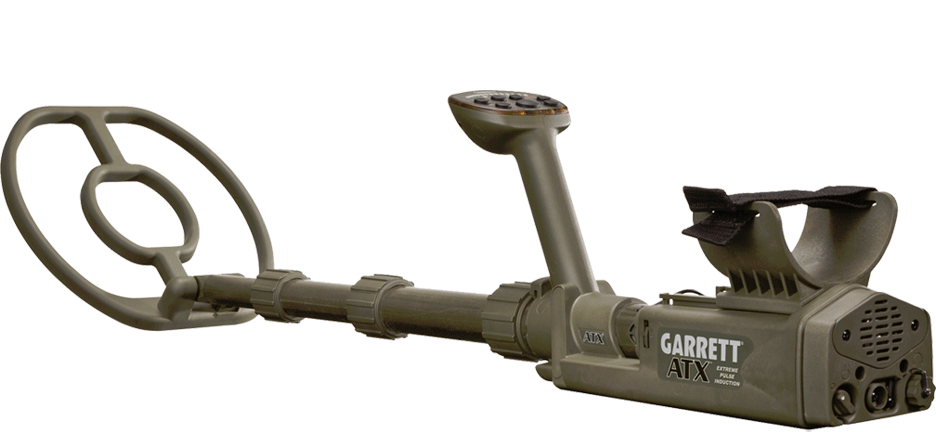bearkat4160
New member
I did the iron check on the hot rock...check out the result.
http://www.youtube.com/watch?v=9KDKON00CMY
http://www.youtube.com/watch?v=9KDKON00CMY
You are viewing this forums as a guest which limits you to read only status.
Only registered members may post stories, questions, classifieds, reply to other posts, contact other members using built in messaging and use many other features found on these forums.
Why not register and join us today? It's free! (We don't share your email addresses with anyone.) We keep email addresses of our users to protect them and others from bad people posting things they shouldn't.


bearkat4160 said:I did the iron check on the hot rock...check out the result.
http://www.youtube.com/watch?v=9KDKON00CMY
 Wud ut huh! wud ut?......Coz if ut wud I mite jus bi a ATX.
Wud ut huh! wud ut?......Coz if ut wud I mite jus bi a ATX.



